by Yasmin Angoe
DETAILS:
Series: Nena Knight, #1
Publisher: Thomas & Mercer
Publication Date: November 1, 2021
Format: Hardcover
Length: 413 pg.
Read Date: December 8-12, 2022


What’s Her Name is Knight About?
I’m struggling here (and have been for a week or so) to come up with something succinct and yet descriptive. So I’m going to cop out, and borrow the description from the author’s website, because I want to get this posted (if only so I can get this book back to the library). I don’t know if I’d have said everything the third paragraph does myself—feel free to skip the first sentence of it—but I figure if Angoe is willing to say it, it can’t be that spoilery.
Stolen from her Ghanaian village as a child, Nena Knight has plenty of motives to kill. Now an elite assassin for a powerful business syndicate called the Tribe, she gets plenty of chances.
But while on assignment in Miami, Nena ends up saving a life, not taking one. She emerges from the experience a changed woman, finally hopeful for a life beyond rage and revenge. Tasked with killing a man she’s come to respect, Nena struggles to reconcile her loyalty to the Tribe with her new purpose.
Meanwhile, she learns a new Tribe council member is the same man who razed her village, murdered her family, and sold her into captivity. Nena can’t resist the temptation of vengeance―and she doesn’t want to. Before she can reclaim her life, she must leverage everything she was and everything she is to take him down and end the cycle of bloodshed for good.
The Dual Timelines
So it turns out that this novel is told in two timelines. There’s the “After,” describing the present time (everything that the description above talks about), and the “Before”—the things that happen between her village was attacked and her being brought into the Tribe. This had all the makings of a problem for me.
This feels like it’s a confession—maybe it is—books with two timelines making up the plot aren’t for me. I’m not talking about flashbacks, or anything like that. Or a big time-jump somewhere along the line. But where you have Story A taking place in one time and Story B taking place some in some other time and you have to follow each of them along for the entirety (or just about) of the novel until one timeline takes over or they merge. I’m not saying I don’t read them, or that I don’t enjoy those books. But they’re really not my thing—if for no other reason than I almost always only care about one of the timelines. Which one I care about might change while I read, but when we switch from A to B, I almost always begrudge it because I just don’t care about B and just want to get back to A.
This is particularly true when we’re dealing with the past of a character (as we are here). If I can’t guess or assume pretty much the major events in a protagonist’s childhood from what I know of them in the present, then the author either failed in their depiction of the present or is deliberately withholding something (which usually backfires in these situations).
That’s absolutely the case here with Nena Knight. You knew the bulk of what was happening in the “Before” timeline—it’s her origin story and in the “After” story we’re told about some of these events/people prior to them coming up in that timeline, or we get allusions that are clear enough that we can assume the rough outline.
However.
Angoe pulls it off—both timelines are gripping throughout (okay, it took a little bit—maybe a chapter or two—for me to get into the “Before” just because I assumed Angoe would have the problems that 90% of writers have with this setup). I did resent jumping from “After” to “Before,” because I wanted to know what happened next, but I was also glad to get back to the “Before,” because I was on tenterhooks about it after the last jump. When that chapter ended, I didn’t want to leave that timeline, but I had to know what was going on in “After.” It was a vicious cycle. A delicious one, too.
Don’t ask me how Angoe succeeded where so many falter. Skill? Magic? Both? Sure, why not?
Also? The two different voices for the timelines are an excellent choice. Angoe describes her approach:
During her childhood her story is in first person present tense so that you see the world and her journey through her eyes. As an adult, her story is in third person past tense to give you a panoramic view and scope of what this kick-ass assassin can do.
This works so well—I was a little skeptical going in, but she made a believer out of me quickly.
Now, if Angoe tries this again in the next book, will it be as effective? It beats me. I’m leaning toward no, because so few can repeat the same trick. But I’m prepared for her to prove me wrong.
So, what did I think about Her Name is Knight?
There are so many elements here that we’ve seen dozens of times before—Nikita, Black Widow, Hanna, Villanelle, etc.—young female with a traumatic past, raised by people other than her parents, trained to be a spy/assassin/etc., starts to wonder if/discovers that she’s been lied to by her handlers, and makes some connections outside of her organization that feeds their desire to get out/question. Now, there’s a reason we’ve seen these things so often—they’re reliable, there’s something about them that people enjoy. Angoe does something new and different (even if only a little) with these tried and true elements so that they feel fresh and inventive.
I’ve said it before—and I’ll say it again, and keep saying it—I don’t care if you’re telling me a story I know (unless it’s book four in a series and you’re telling the same story each time), as long as you tell it in an entertaining way. This is what Yasmin Angoe has done here.
There’s a strong—very strong—chance for Nena Knight to become my favorite kick-ass female in the near future. Lily Wong, Charlie Fox, Vanessa Michael Munroe—you’re on notice. There’s something very compelling about her, her values, and how she’s living them out. Her ass-kicking abilities are pretty compelling, too. (I’m not really a fan of that phrase, but after quoting Angoe earlier, I can’t think of another way to put it)
The supporting characters—I’m not sure how many of them will reappear in the series, so I’m going to hold off talking about them in any kind of detail—are just as well done. I could take a lot more focus on any one of them in a future book and have a blast with it. The Tribe, too, is a fascinating take on a shadowy international cabal employing our assassin-protagonist. I’m hoping to see a lot more about how and why they work in the books to come. There, too, I’m not sure how much to say. I have to see the future installments.
I’d better wrap things up because I feel like I’m spinning my wheels here—this is a killer introduction to a series. It’s so satisfying and so tantalizing at the same time—I need to know what happens to Nena next. How is she changed, and what’s stayed the same for her (that might be more interesting—what is she holding on to, or what’s so much part of her that she can’t shake it)? If you’re looking for your next thriller, you’d do well to make it this one.

This post contains an affiliate link. If you purchase from it, I will get a small commission at no additional cost to you. As always, the opinions expressed are my own.

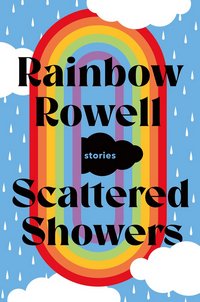 Scattered Showers: Stories
Scattered Showers: Stories

![]()



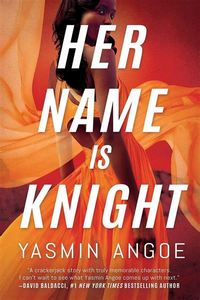
 I’ve got
I’ve got 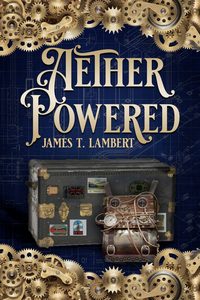
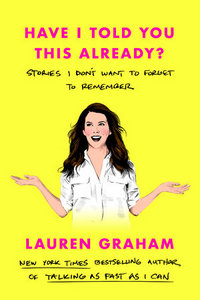
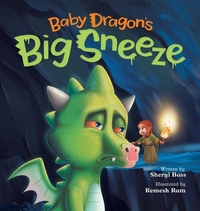

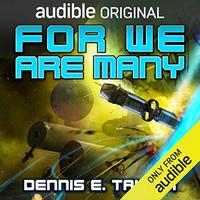
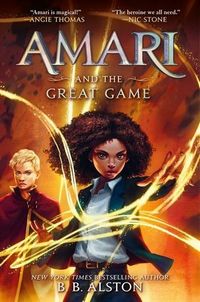
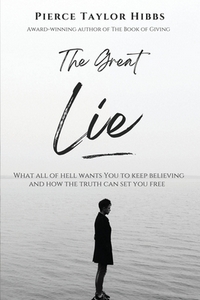
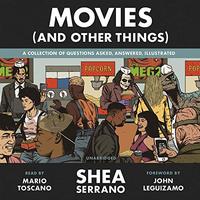
 Who’s the better tough guy movie dog owner? (Will Smith in Legend, Tom Hardy in The Drop, or Keanu Reeves in John Wick?)
Who’s the better tough guy movie dog owner? (Will Smith in Legend, Tom Hardy in The Drop, or Keanu Reeves in John Wick?)